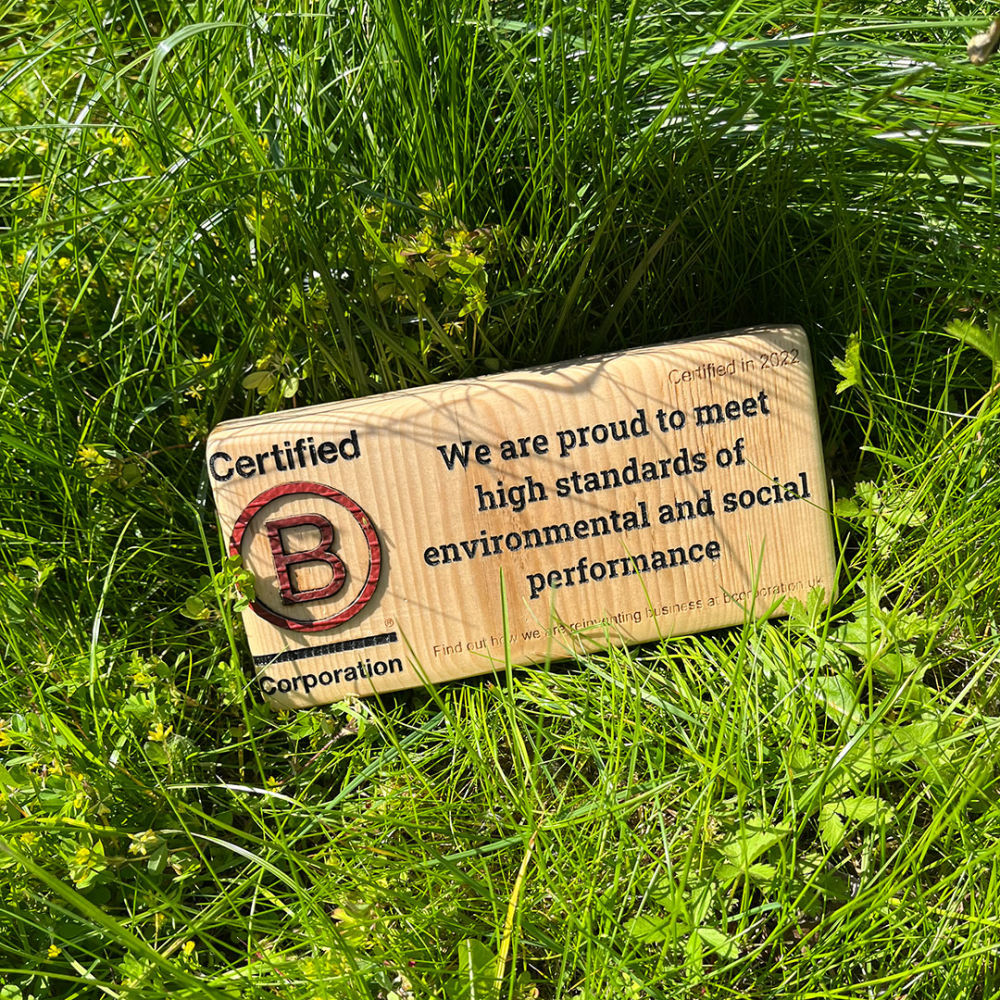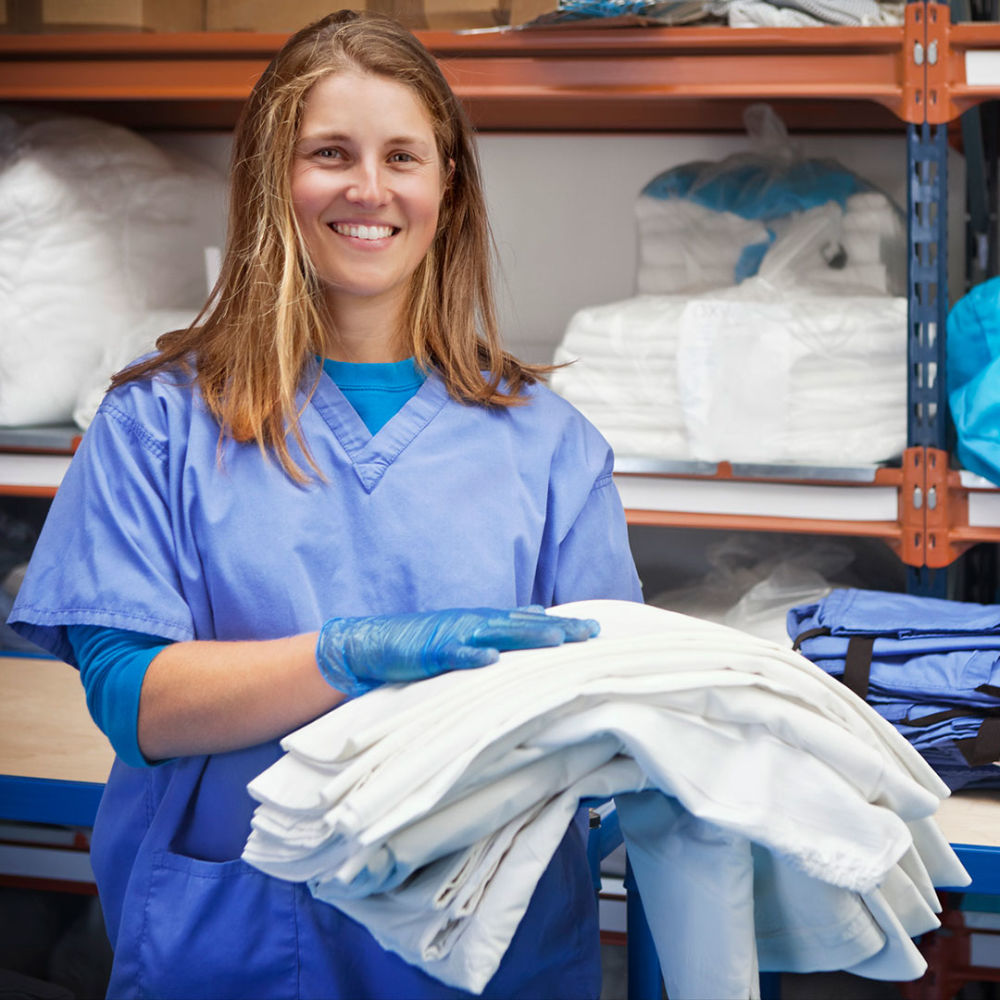How do we calculate sustainability at Oxwash?
How do we calculate sustainability at Oxwash?


Business & Insights
Hotels
To set ourselves apart from our commercial laundry counterparts, we’ve adopted transparent and rigorous methods to measure and report on sustainability.
Sometimes it can be difficult to know if your suppliers are authentic or greenwashing, something we’ve touched on in a previous blog. This is why we take reporting seriously – carefully calculating our environmental impact to ensure we meet our ambitious net-zero targets.
Find out how we use benchmarks and industry averages, conduct metre readings, and balance carbon removal with offsets.
Benchmarks and industry averages
Setting benchmarks and comparing ourselves to industry standards is one of the ways we measure our sustainability. For example, Oxwash operates in a sector where the industry average energy consumption is 2.7 kWh per kilogram of laundry processed.
By focusing on energy-efficient equipment and practices, we've reduced our consumption to an industry-leading 1.9 kWh/kg. This significant reduction demonstrates our commitment to sustainability and helps us set tangible, achievable goals.
Measuring our progress
At Oxwash, we meticulously measure our sustainability performance. We achieved our intensity target of 0.004 kilos of CO2eq per kilogram washed in 2023 and have further improved to 0.0018 kilos of CO2eq per kilo washed. This significant reduction showcases our dedication to minimising our environmental footprint.
Scope 1 and 2 emissions
Precise measurement starts with accurate data collection. We measure our scope 1 and 2 emissions using primary data from on-site metre readings for gas and electricity.
We also employ a metre reader on our Hydrotreated Vegetable Oil (HVO) tanks. This method ensures we capture exact figures for our energy consumption, enabling us to track our progress meticulously.
Scope 3 emissions
For scope 3 emissions, we use activity-based and supplier-specific methods. This involves examining all transactions, weights of procured supplies, and distances travelled or shipped.
Accredited conversion factors are then applied to calculate the associated emissions. By tackling emissions from these sources, we can comprehensively address our overall carbon footprint.
Addressing scope 3 emissions: carbon removal vs. offsets
While reducing emissions is our primary focus, some emissions are unavoidable. To address this, we use verified carbon removal projects. These include Direct Air Capture (DAC), biochar, and enhanced weathering.
Unlike traditional offsets, these methods permanently remove carbon dioxide from the atmosphere, ensuring long-term sustainability.
Independent assessments
Our sustainability efforts are validated by several esteemed organisations. We have undergone assessments by B Corp, Future+, and the Science-Based Targets initiative (SBTi). These evaluations affirm our commitment to environmental responsibility and provide a credible framework for our sustainability goals.
B Corp certification
Being assessed by B Corp means our environmental and social performance, accountability, and transparency are held to high standards. This certification not only recognises our current achievements but also guides us towards continuous improvement.
Future+ and SBTi
Future+ and SBTi assessments play a crucial role in our sustainability strategy. SBTi has approved our Net-Zero targets, which include reducing total emissions by 90% compared to 2021 levels. Achieving these targets will position us as a leader in sustainable practices within the laundry industry.
ISO 9001 assessment
Our ISO 9001 assessment ensures our quality management systems meet rigorous international standards. This certification highlights our commitment to consistent quality and continuous improvement, essential for maintaining high sustainability standards.
Calculations guide our continuous improvement
At Oxwash, our approach to calculating sustainability is thorough and multifaceted. By using benchmarks, conducting precise metre readings, and balancing carbon removal with offsets, we ensure our environmental impact is minimised. Independent assessments by B Corp, future+, and SBTi validate our efforts and guide us towards continuous improvement.
Curious about our sustainability journey?


Related Articles





